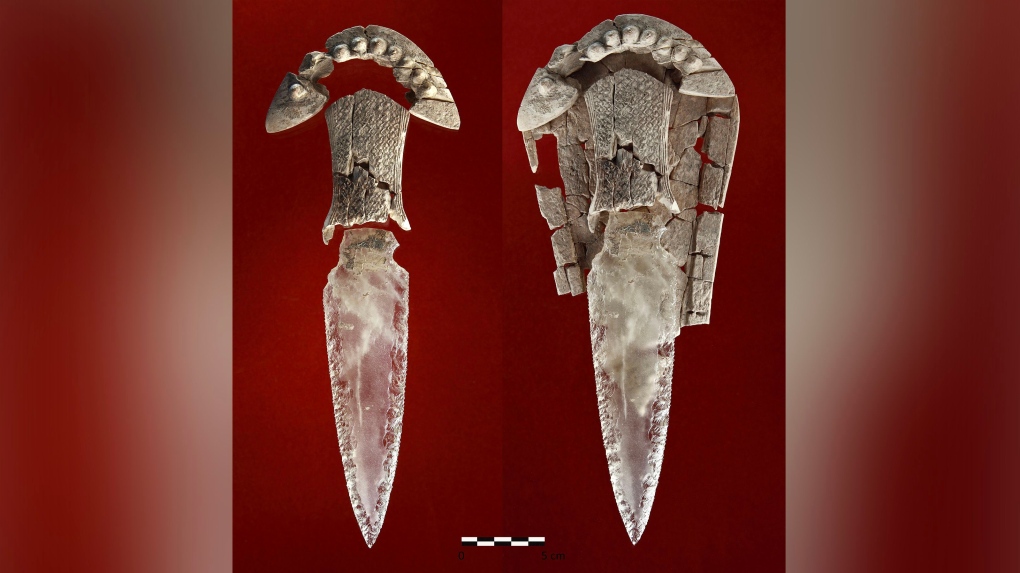Thought the irony of transphobes saying when they discover trans people’s skeletons, they’ll only see us as our AGAB. Apparently figuring out a skeleton’s sex is not so cut and dry. Fascinating story regardless.
The whole transphobic claim of being seen as our AGAB by future archeologists is especially ridiculous considering that modern ones are already saying things like this:
While the skeleton’s biological sex is not in dispute, Gowland cautioned that nothing is known about the Ivory Lady’s gender identity, and scholars shouldn’t impose modern gender norms onto past populations.
As much as I love any option to wind up transphobes.
This in no way indicates the skeleton lived a trans life. Just that the roles of men and women were not as defined as modern historians have claimed.
This is more a critisism of common era historians for assu.ing any body found with tools they think relate to male roles. And assuming pre history also only expected men to carry swords etc.
While it is entirely possible that this lady. And probable that some others. Lived as a man. Their is no evidence to support this over the idea that living ad a woman was not as restrictive as cultures expect today. Pre 5k years ago. We really have no way to know. Other then to use modern science to I’d many past bone examined. And assumed by biased historians.
“In the past, it was not uncommon for an archaeologist to find (remains) and say, ‘OK, this individual has a sword and a shield. Therefore, he’s a man.’ Of course, deeply mistaken, because it assumes that in the past gender roles were the way we conceive them today,” García Sanjuán said.
Just to put it out there, but no serious archeologist has believed this for a while.
Consider the two clearly gay women burried together in an Old Norse tomb, with their cannabis seeds and Swastika-engraved Buddha statue. The idea that male dominance and disarming of women is universal is not something anyone can believe after making a serious study of history.
Just consider the Albanian women who took up male identities to become warriors. Note that I’m still referring to them here as women since arguably these historical practices are less about trans identity and more about social positions.




